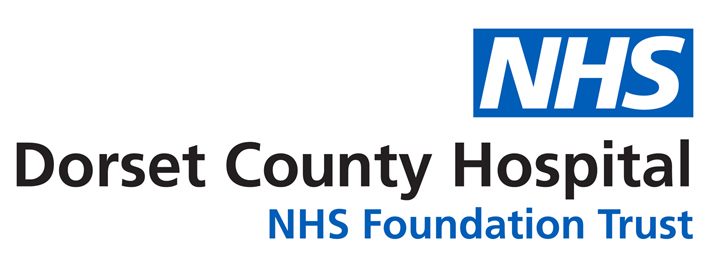Chest Drain
What is a chest drain?
A chest drain is a small tube which is inserted through the skin and sits in the space between the lung and inside of the chest wall (the pleural space).
Why do I need a chest drain inserted?
You may need a chest drain if you have air, fluid, blood or pus in the pleural space. Any of these can cause problems with your breathing and stop your lungs working properly. A chest drain will allow the removal of air or fluid and allow your lung to re-expand.
How is a chest drain inserted?
You will either sit on the side of the bed with your arms resting on a table or lie on your bed with one arm above your head. An ultrasound scan of your chest will be used to mark a safe site to insert the drain. Your skin will be cleaned with antiseptic and sterile drapes will be placed. Local anaesthetic will be injected; this can sting temporarily but should then numb the area.
A small incision will be made at the anaesthetised area and a chest drain will be inserted. The chest drain will be secured in place with stiches and a special dressing. The chest drain will then be connected to a bottle that contains water. This allows the air or fluid to drain out and prevents air entering back up the tube into your chest. The procedure usually takes 30-45 minutes to perform.
Are there any risks of a chest drain?
In most cases the insertion of a chest drain is safe and routine. Most people find their breathing is much easier after the drain has been inserted. However like with all medical procedures there are potential risks. These will be discussed with you in advance and a consent form completed.
- Chest drains can fall out and may need to be replaced, the risk is minimised by stitching the drain in place and securing with a dressing. You can also reduce the chance of this by not pulling on the chest drain.
- Pain, on insertion local anaesthetic will be used and therefore should not be painful. After it is inserted you may experience some discomfort and you can be given painkillers to control this.
- Bleeding, very, very rarely (in about one in 500 patients) a chest drain can damage a blood vessel and cause serious bleeding, if this does happen a procedure called embolization or even surgery may be required.
- Infection, uncommonly chest drains can become infected. Thorough cleaning of the skin with antiseptic and a sterile procedure will reduce this risk.
- Organ puncture, this is when the lung or another organ such as the liver is injured during the procedure. Using an ultrasound at the time of the insertion greatly reduces this risk.
Looking after your chest drain
There are few simple rules you can follow to minimise problems:
- Remember to carry the drainage bottle around with you everywhere you go.
- Always carry the bottle below the level of your waist to prevent fluid flowing back into the pleural cavity.
- Do not pull on your chest drain or allow it to get tangled and be especially careful about you shift position when in bed.
- Do not leave the ward unless you are accompanied by hospital staff.
- If you develop chest pain or feel your drain has moved or maybe coming out or feel more short of breath, please inform your nurse.
FAQs
What happens after the drain has been inserted?
You will have a CXR to confirm the position of the drain and will be monitored by the nursing staff and medical team on the ward. If samples have been sent results can take over a week to come back but this should not stop you going home if you are ready and we can see you as an outpatient.
How long will I have the drain in?
This depends on the indication for the chest drain and how quickly it takes to remove the air/fluid. The drain usually remains in between one and seven days.
What if I am taking a blood thinning medication?
Your doctor should give you specific instructions about this:
| Medication | Instructions |
| Warfarin | Usually stopped five days before the procedure. You will need an INR blood test the day before your procedure. |
| Aspirin | Please continue to take as normal. |
| Ticagrelor Prasugrel | Usually stopped seven days before the procedure. |
| Apixaban Dabigatran Rivaroxaban Edoxoban | Usually stopped two days before the procedure. |
| Tinzaparin Dalteparin Enoxaparin injections | Usually should not be taken the day before the procedure. |
Contact us
If you have any concerns about chest drain insertion, please contact the Respiratory Department on 01305 25527, Monday to Friday 9am to 5pm. Out of hours or in an emergency please contact your General Practitioner or attend your local Emergency Department.
About this leaflet
Authors: Victoria Wells and Dr Anthony Agbobu
Reviewed by Respiratory Consultants Dr Graves, Dr Phillips, Dr McConnell, Dr Docherty
Approved: February 2020
Review date: February 2023
Edition: v1
If you have feedback regarding the accuracy of the information contained in this leaflet, or if you would like a list of references used to develop this leaflet, please email patientinformation.leaflets@dchft.nhs.uk
Print leaflet